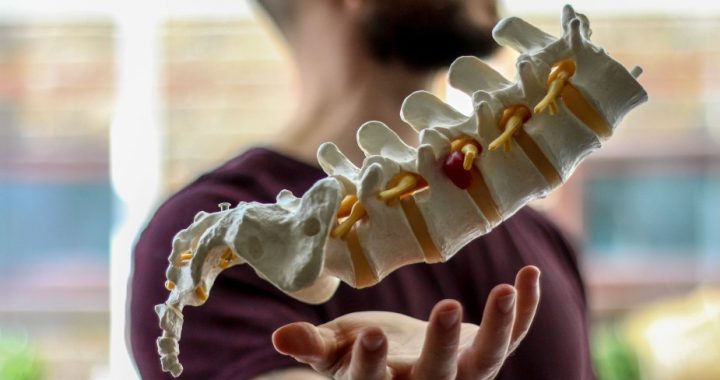 We often hear that correct posture is important for good health but normally we don’t consciously think about it. Instead, certain muscles do it for us, that is, if they work correctly. Hours on hours in front of the computer desk, too many pillows under the head while reading, whiplash injuries and prolonged commutes in the car can overload these muscles making them less resilient and weak. This can cause premature arthritis (wear and tear) of the joints and discs.
We often hear that correct posture is important for good health but normally we don’t consciously think about it. Instead, certain muscles do it for us, that is, if they work correctly. Hours on hours in front of the computer desk, too many pillows under the head while reading, whiplash injuries and prolonged commutes in the car can overload these muscles making them less resilient and weak. This can cause premature arthritis (wear and tear) of the joints and discs.
The most common change in posture is a gradual reversion to the foetal position, meaning the head and shoulders shift forwards, the chest curls inwards and the spine crunches from a healthy S-curve to a less healthy C-position. You have probably seen it, the common hunched back we see in many elderly. Forward head tilt is so frequent today that it is given a diagnosis: Anterior Head Syndrome (AHS). For every inch of forward head tilt the load on the cervical spine is increased up to 10 pounds. In many cases AHS can be the underlying cause of a large variety of secondary conditions. Uneven pressure on the vertebral discs (the cushioning pads between the bones) can cause spinal stiffness and pressure on delicate nerves. Headaches, dizziness, numbness and tingling, shoulder- and neck pain being the most obvious ones, but since the lack of mobility diminishes healthy stimulation to the brain they are now linking the condition to more serious diseases like dementia and even Alzheimer.
Dr. Roger Sperry (Nobel Prize recipient for brain research) discovered that 90% of the stimulation and nutrition to the brain is generated by movement of the spine. It turns out maintaining a healthy posture is crucially important for preserving the amazing brain human beings have been blessed with.
Chiropractors are experts at analyzing your spinal structure and detecting abnormal spinal function. We search for the problems that exist underneath the poor posture and can create a plan of care to improve your structure. By obtaining optimal spinal function through chiropractic adjustments, doing specific spinal exercises and taking ergonomic considerations you can in most cases reverse the condition or even better, prevent it from ever happening. Our clients frequently rapport that they are more upright, they breath better and feel a general improvement of bodily functions.
The good news is that regardless your age it is never too late to improve the function of your spine.



